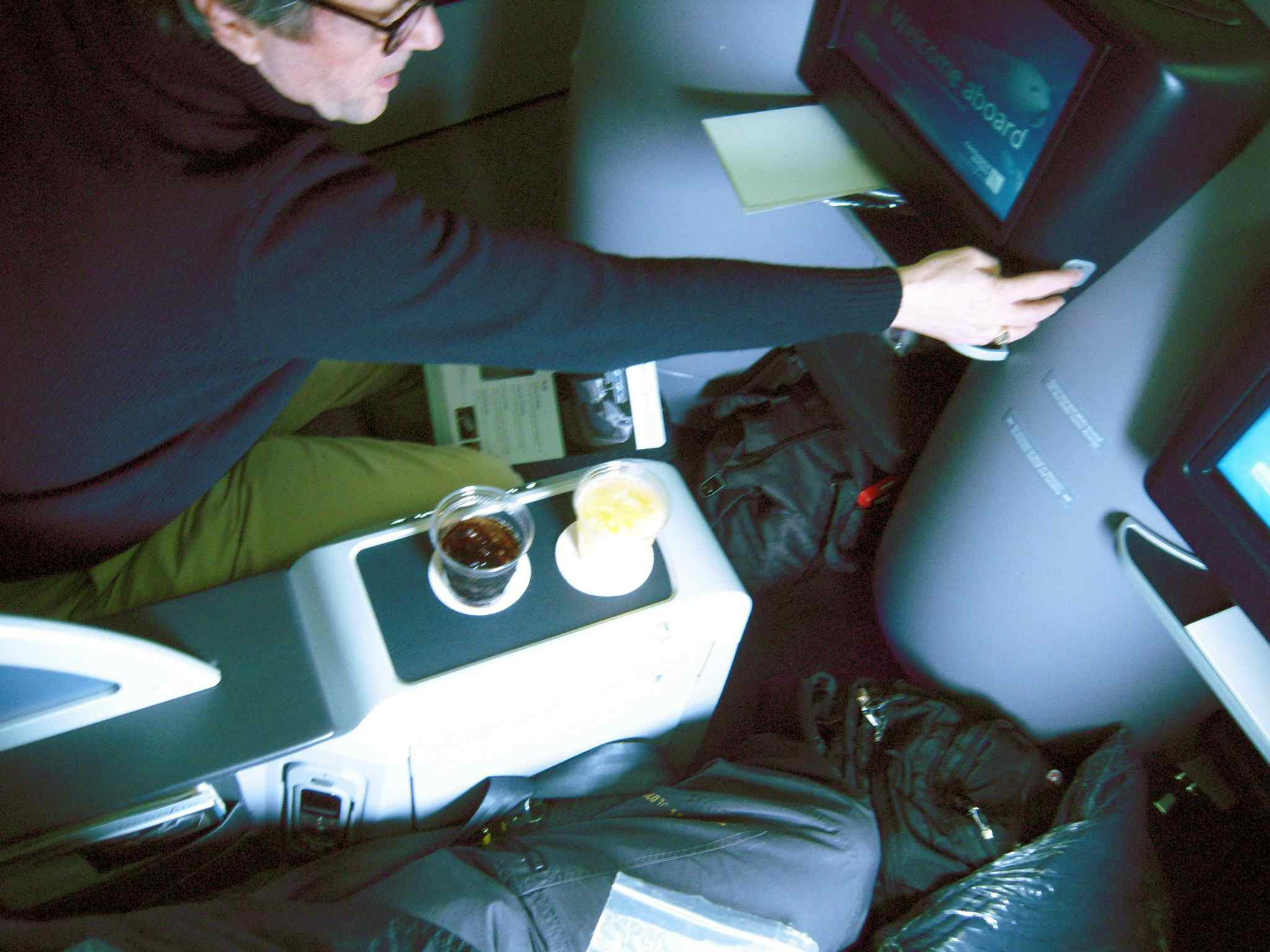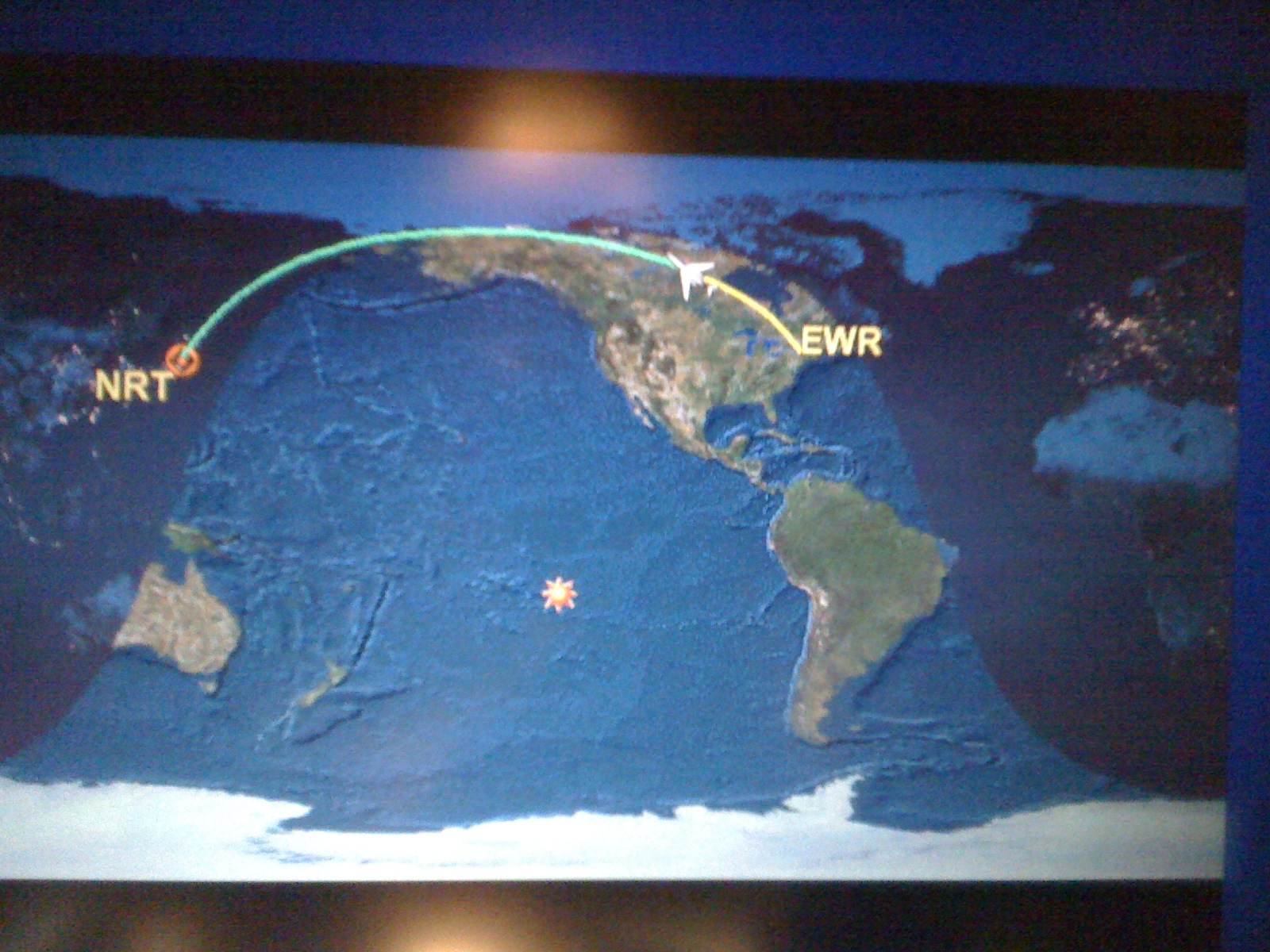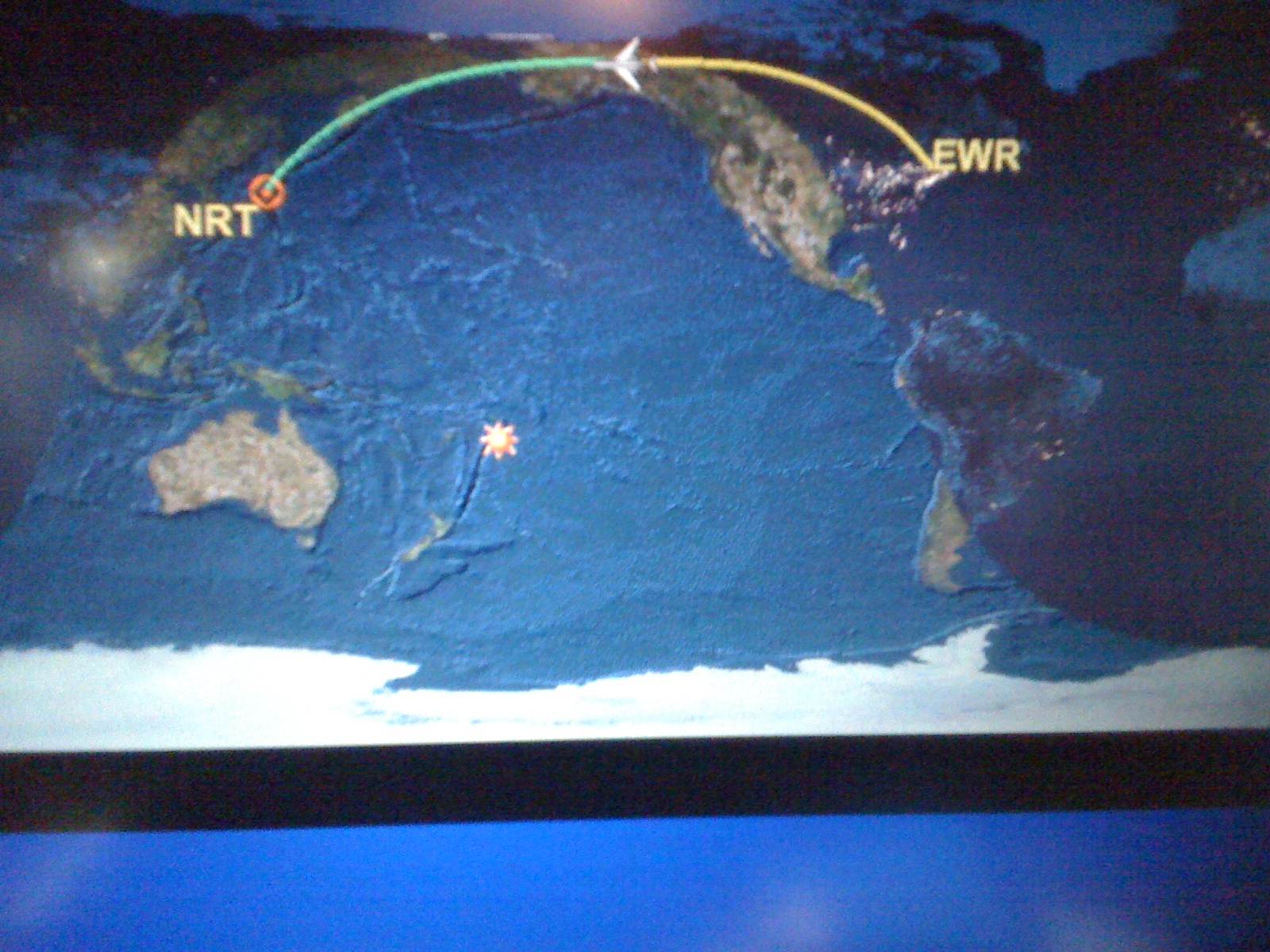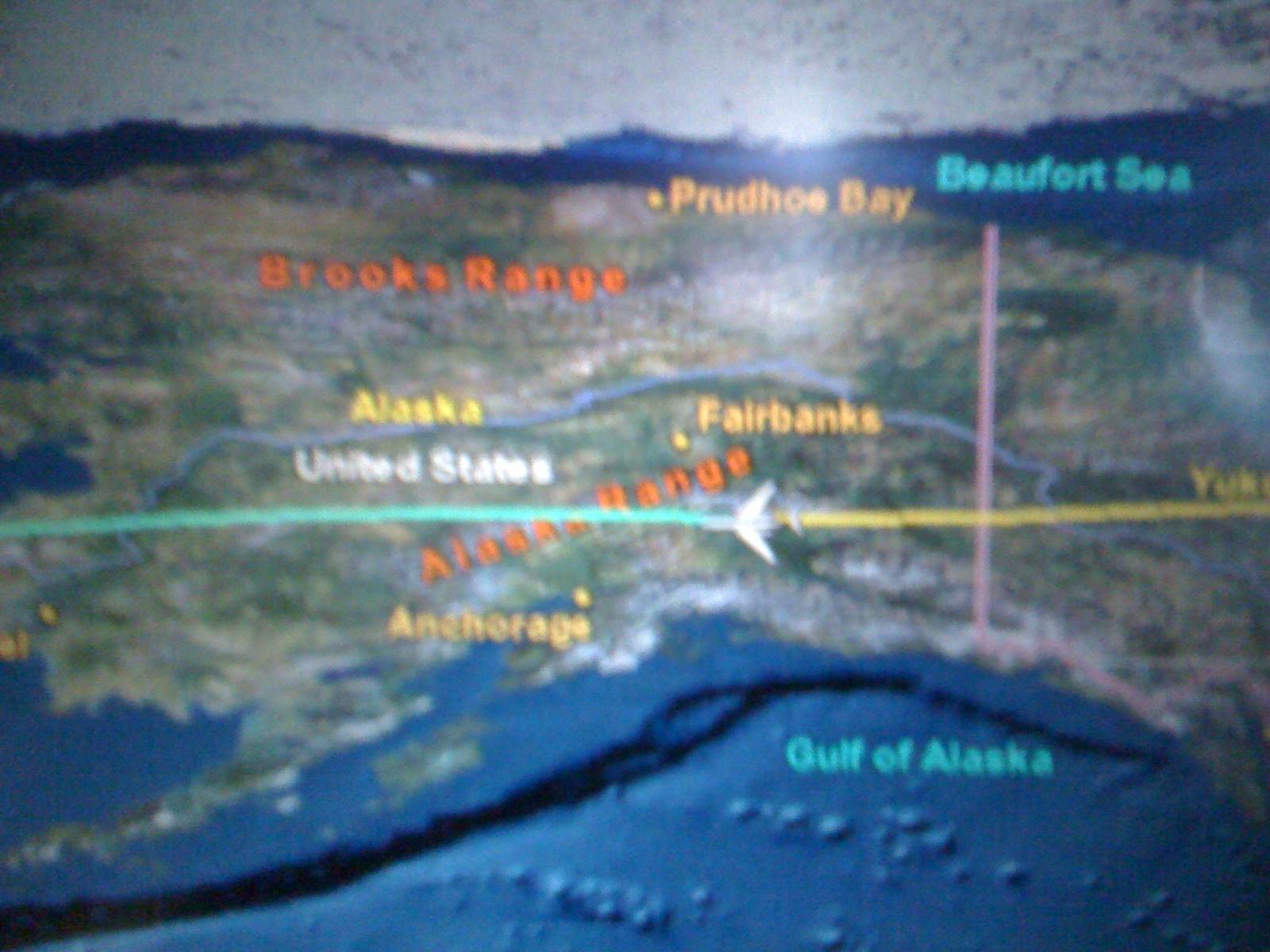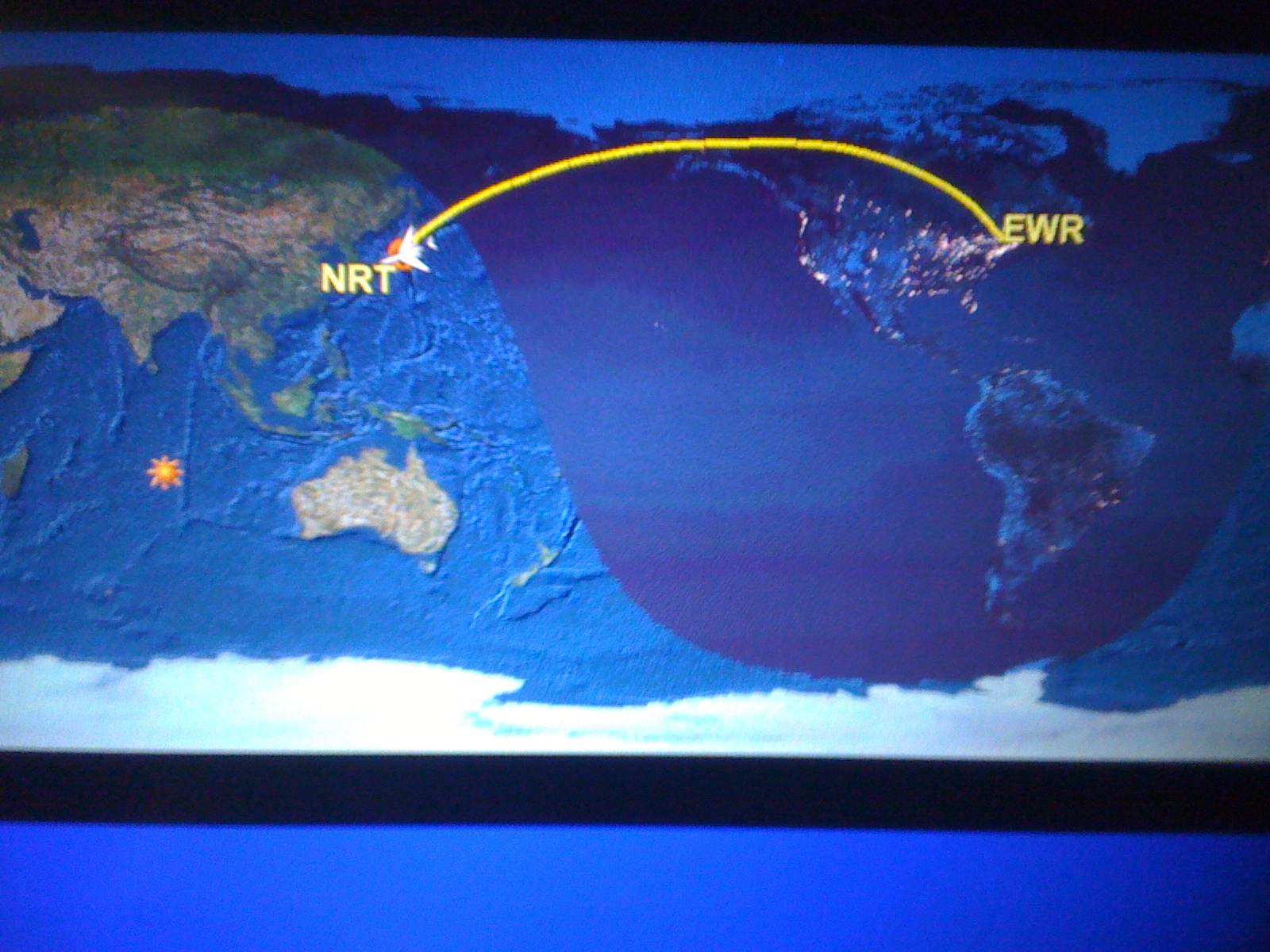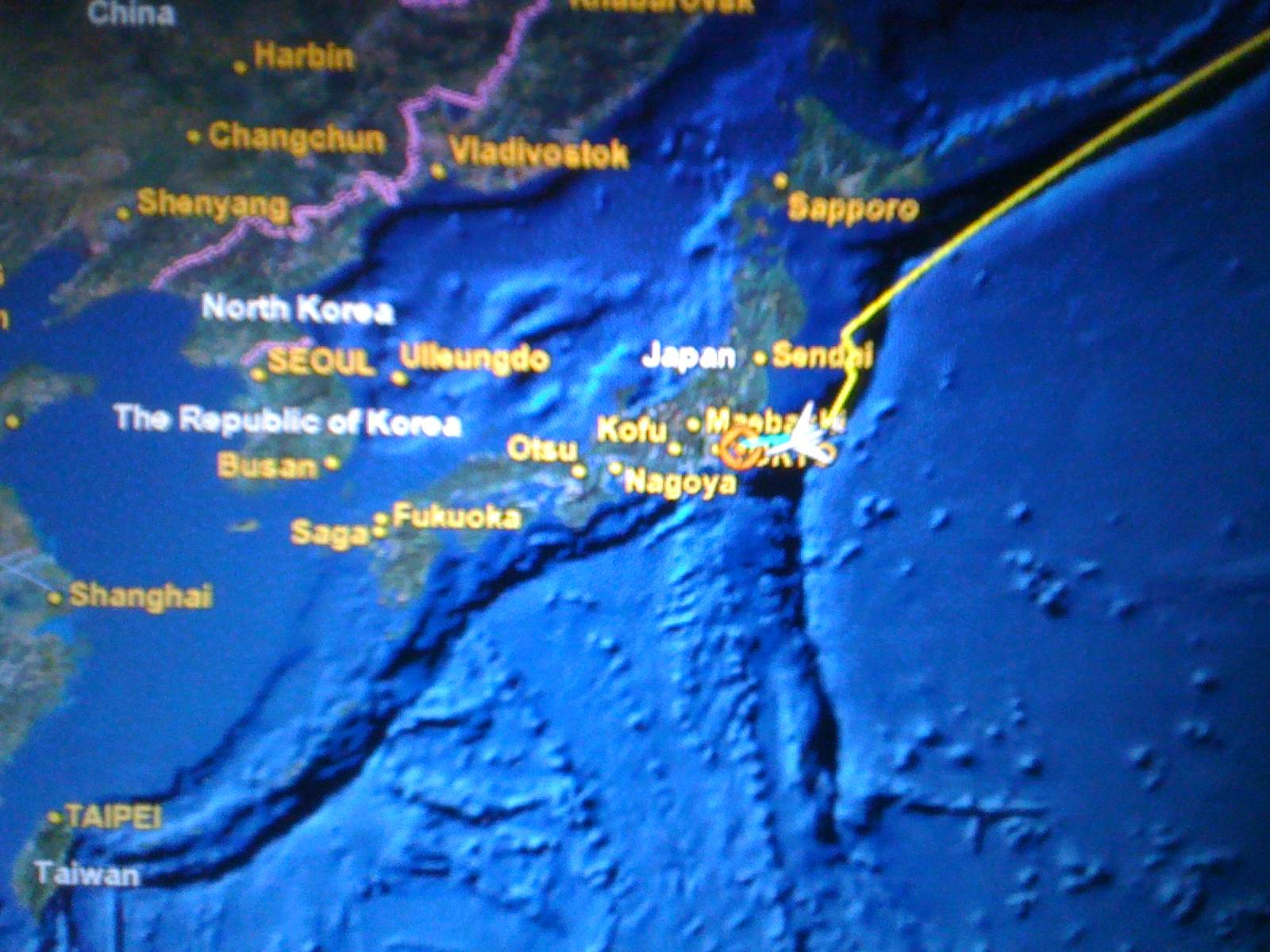Chapter Tozan, January 2011
The full name of the head temple Taiseki-ji is:
多宝 富士 大 日蓮華山 大石寺
pronounced
Tahō fuji Dai nichi renge -zan Tai seki -ji
As explained on the head temple's website, the Taiseki-ji part ("great rock temple") is derived from an earlier name for the land on which the temple grounds were established. That name is O-ishigahara (大石ヶ原 in Japanese) which means "big stone field". The Tahō "many treasures" refers to the treasures of the faith brought there by Nikko Shonin in the year 1290, and fuji refers to the mountain.
The kanji 山, here pronounced "-zan", is used in compound forms to mean "temple" (for example, 開山 kaizan "founding a temple"). But in many other situations, such as the name of Mount Fuji (富士山 Fuji-san), or when it appears alone, 山 means mountain.
By analogy, a pilgrimage to the head temple is called tozan (登山) which literally means "climbing" or "mountaineering" (put "登山" into Google Image Search and see what I mean!).
The proximity of Taiseki-ji to Mount Fuji (the highest point in Japan, and the world's most frequently climbed mountain peak1), combined with the fact that other sects of Buddhism consider an ascent of the mountain to be a religious pilgrimage2, can make this linguistic ambiguity particularly confusing3.
Contents
Through the Demon Gate (Onimon)
Monday dinner and Tuesday morning
Tuesday afternoon before leaving
Narita mall (AEON) and trip home
Flight to Japan
(Click on any image to view a larger version.)

Note ice on pavement below planes. The service trucks slipped
on this ice, preventing our plane from being "pushed back" from
the terminal, and causing an 80-minute delay in departure.

At takeoff, sun was over Peru.
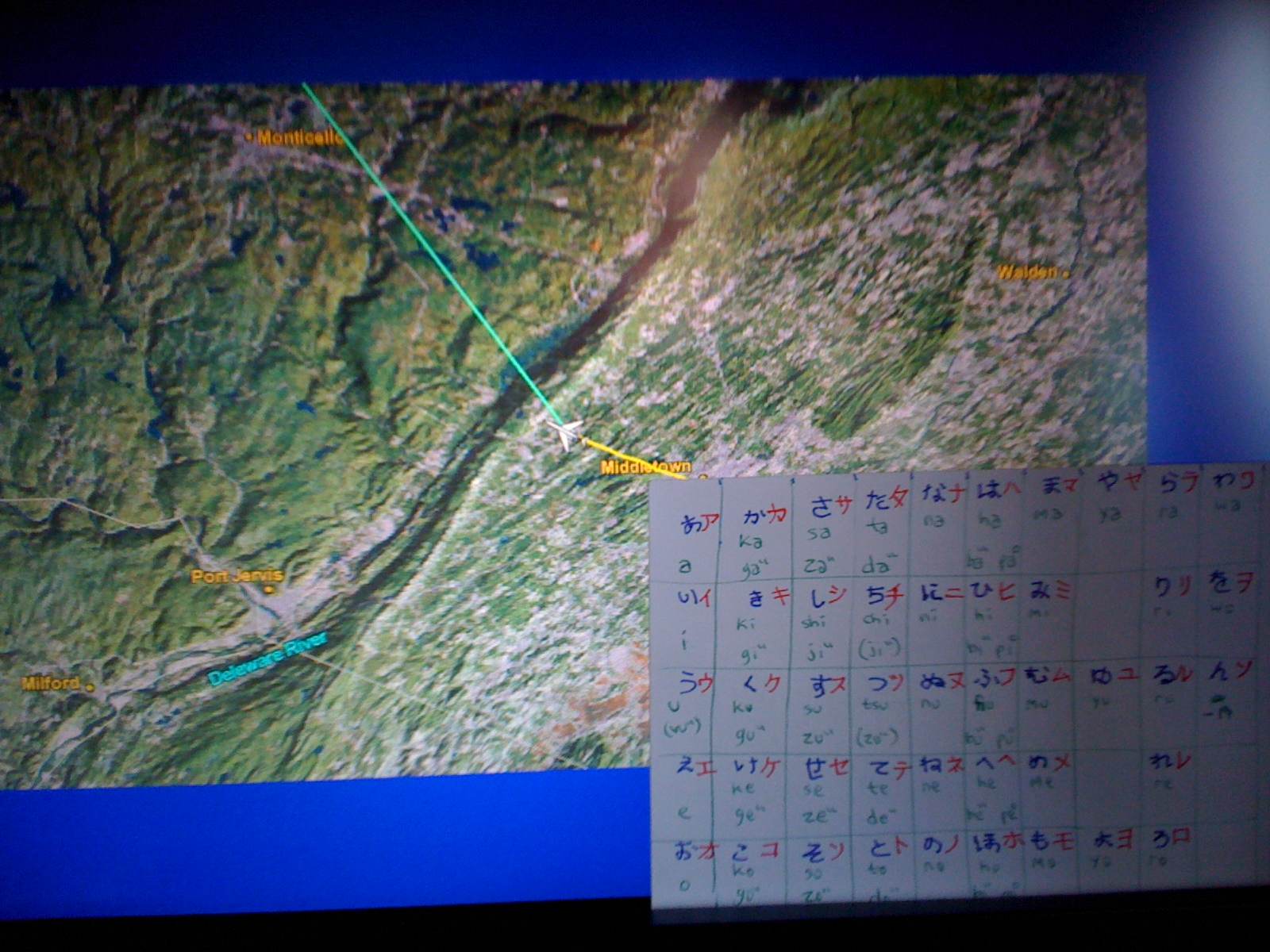
I was beginning to learn the Japanese alphabets
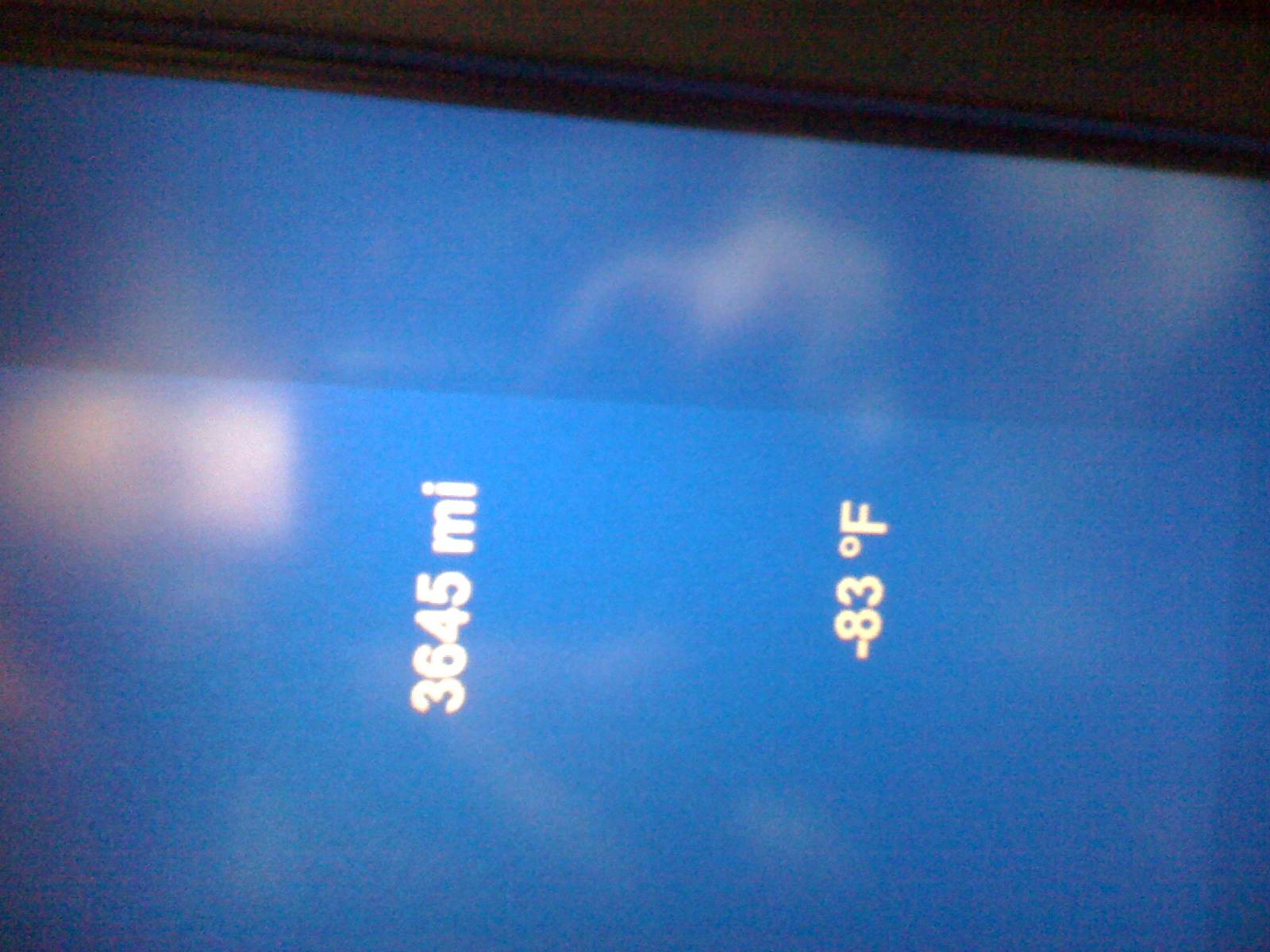
The outside temperature got as low as 90 below zero Fahrenheit. At
normal pressure carbon dioxide freezes at -70o F.

Some glacially-formed mountains in Alaska

Near east end of Russia, I am watching a movie and minibits is watching me.
. . . Forward to page 2 . . . Last page (page 22)
This page was written in the "embarrassingly readable" markup language RHTF, and some sections were last updated on 2022 Mar 28.
 s.30
s.30



